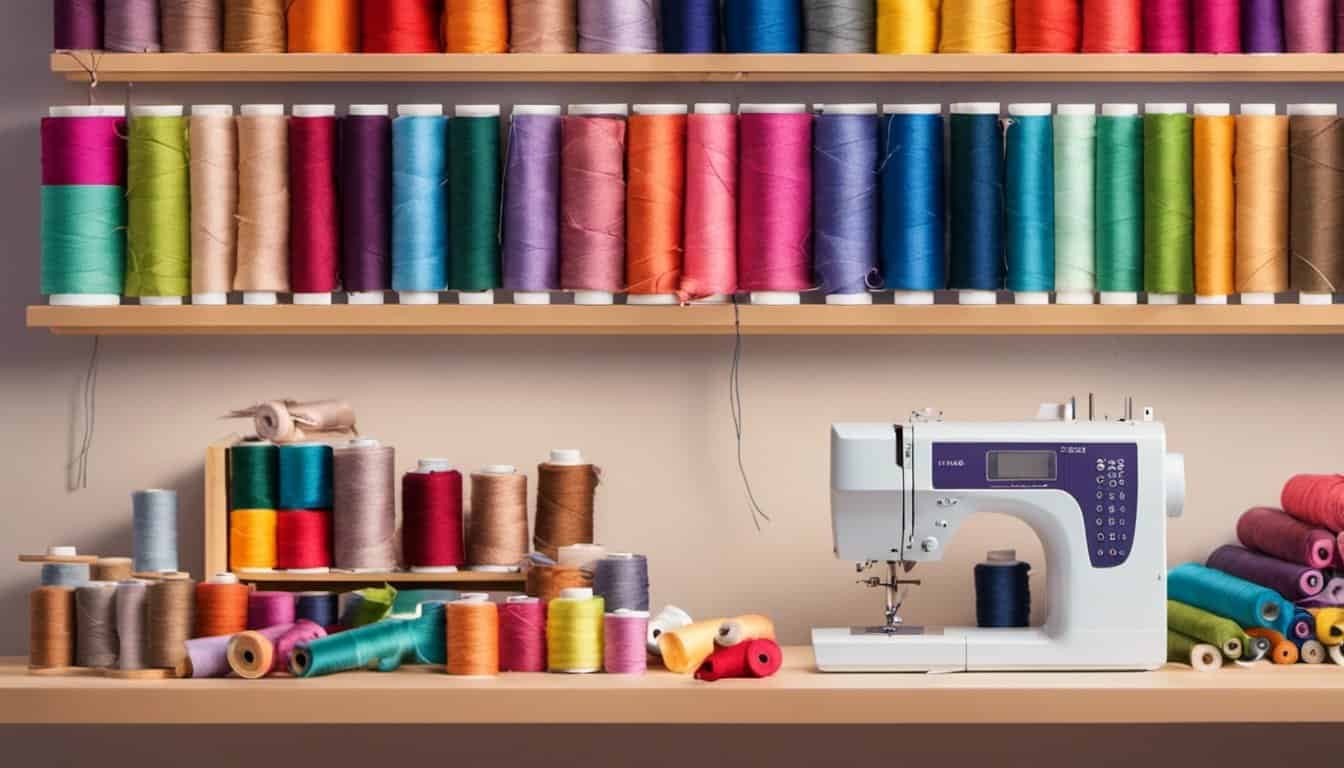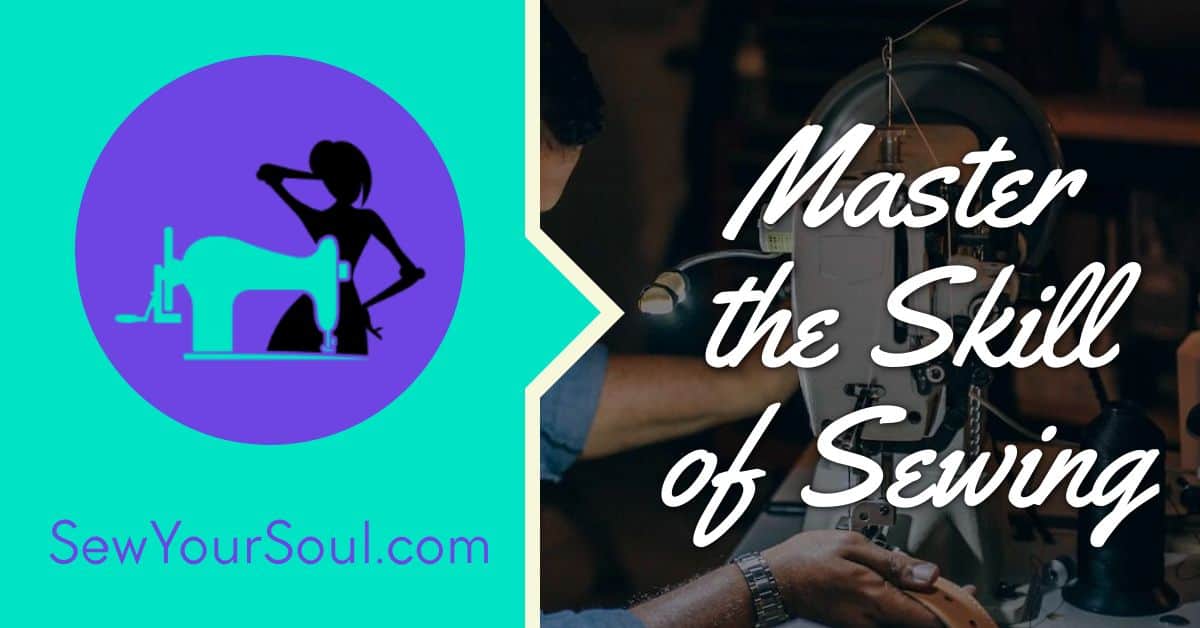Imagine a world where every piece of clothing had to be meticulously stitched by hand, taking hours or even days to complete. That’s the reality people faced before the sewing machine revolutionized the textile industry. You might be surprised to learn that the journey to its invention is filled with fascinating twists and turns.
The sewing machine, a marvel of ingenuity, wasn’t created overnight. It took several inventors and many failed attempts before the first successful machine came to life. So, when exactly was this game-changing device invented, and who were the brilliant minds behind it? Let’s dive into the intriguing history of the sewing machine and uncover how it transformed the way we create and wear clothes.
The Origins of the Sewing Machine
The sewing machine’s invention transformed the textile industry by making stitching faster and more efficient. This revolution didn’t happen overnight; it was a result of many early innovations and significant contributions by various inventors.
Early Attempts and Innovations
Innovators worked on sewing machines long before an effective model emerged. In 1755, Charles Fredrick Wiesenthal, a German engineer, received the first known patent for a mechanical device designed to assist with sewing. His invention wasn’t a machine; it a double-pointed needle with an eye at one end.
In 1790, English innovator Thomas Saint developed a machine designed for leatherwork. Although it’s unclear if he built a working model, his design is considered one of the earliest iterations of a sewing machine. His version included a hand crank and needle that mimicked a hand stitch.
The early 1800s saw further developments. In 1804, Thomas Stone and James Henderson in France created another sewing machine prototype, which used a continuous stitch. Also, John Duncan of Scotland made an embroidery machine with multiple needles.
Official Patents and Recognition
The first practical sewing machine was developed by French tailor Barthelemy Thimonnier in 1829. Thimonnier’s machine used a hooked needle and one thread, creating a chain stitch. In 1830, he received a patent and opened the first machine-based clothing factory. Unfortunately, traditional tailors destroyed his machines, fearing job loss.
In 1846, American inventor Elias Howe received a patent for a lockstitch machine. It featured a needle with an eye near the point, a shuttle that formed the lock stitch, and an automatic feed. Though Howe faced competition, his design proved influential.
Isaac Merritt Singer made significant improvements in 1851. Singer’s machine used a straight needle and an up-and-down motion. His version, powered by a foot treadle, made sewing faster and more accessible. He patented it and founded the Singer Sewing Machine Company.
These inventions and improvements laid the foundation for modern sewing machines. Each contribution marked critical advances, making sewing faster, more precise, and more reliable.
Key Figures in the Development of the Sewing Machine
The development of the sewing machine is marked by notable inventors who introduced groundbreaking improvements. Their collective efforts significantly advanced stitching technology.
Elias Howe and His Contributions
Elias Howe secured his place in history with his 1846 patent for the lockstitch sewing machine. His design included a needle with an eye at the point, a shuttle to form the lockstitch beneath the fabric, and an automatic feed. This system enhanced the efficiency of sewing, providing a consistent stitch that laid the groundwork for future machines. While Howe faced challenges in protecting his patent, his innovations established crucial elements still used in modern machines.
Isaac Singer and the Singer Sewing Company
Isaac Singer revolutionized home sewing in 1851 with his introduction of the first practical and affordable sewing machine. Singer’s machine featured a straight needle and an up-and-down motion, improving on Howe’s design. The Singer Sewing Company, founded by Isaac Singer, became synonymous with quality and reliability. Its marketing strategies, including installment payment plans and in-home demonstrations, made sewing machines accessible to many households. Singer’s contributions were pivotal in popularizing sewing machines worldwide, cementing his legacy in the industry.
These key figures, with their innovative designs and business acumen, significantly advanced the sewing machine’s evolution. Their work transformed textiles into the precise and efficient craft we know today.

Impact of the Sewing Machine on Industry
The invention of the sewing machine revolutionized various industries, transforming production processes and broadening possibilities.
Revolution in Clothing Manufacturing
The sewing machine drastically accelerated clothing production. Manual sewing could produce around 20 stitches per minute, but a sewing machine could deliver up to 3,000 stitches per minute. This enormous increase in efficiency led to mass production and more affordable clothing. The rise of ready-to-wear garments transformed consumer behavior, making fashion more accessible to a wider audience.
Expansion into Other Industries
Sewing machines also impacted industries beyond clothing. In the automotive industry, they facilitated the mass production of car upholstery. The furniture industry saw increased efficiency in producing upholstered items, leading to standardized and affordable furniture. Additionally, the shoe industry benefited from faster production, ensuring quicker turnaround times and consistent quality.
The transformative power of the sewing machine touched multiple sectors, reshaping how goods were produced and consumed.
Modern Innovations in Sewing Technology
Sewing technology has evolved significantly since the early machines. Modern innovations focus on ease of use, functionality, and sustainability.
Computerized Sewing Machines
« 10 Game-Changing Free Sewing Patterns Every Sewist Needs to Try Today
Why You Must Replace Sewing Machine Needles Now: Top Tips for Perfect Stitches Every Time »
Computerized sewing machines offer a range of advanced features. Digital interfaces allow precise control over stitch length, width, and style. These machines often include hundreds of built-in stitches, embroidery designs, and automatic thread cutters.
For example, brands like Brother and Janome offer models with touchscreen displays and USB ports. Users can download patterns and software updates, ensuring machines stay current with the latest designs.
Programmable settings let you save custom patterns for future use. Some models even have Wi-Fi connectivity, enabling remote updates and additional functionality.
Eco-Friendly and Sustainable Practices
Eco-friendly sewing practices have become a priority. Modern machines focus on energy efficiency and reduced waste. Brands adopt sustainable manufacturing processes, using recycled materials and reducing carbon footprints.
For instance, manufacturers like Juki and Bernina offer machines designed to last longer, decreasing the need for frequent replacements. These machines often come with features that help minimize fabric waste, like precise cutting tools and efficient stitching options.

Support for green initiatives extends to software updates that optimize machine performance and reduce energy consumption. Eco-friendly practices in sewing ensure a greener future for both hobbyists and professionals.
Conclusion
The journey of the sewing machine from its humble beginnings to today’s high-tech marvels is nothing short of fascinating. As you explore the world of sewing, you’ll find that modern machines offer incredible features that make your projects easier and more enjoyable. Whether you’re a hobbyist or a professional, there’s a machine out there that fits your needs perfectly. Embrace these advancements and let your creativity soar, knowing you’re part of a rich history that continues to evolve and inspire.













